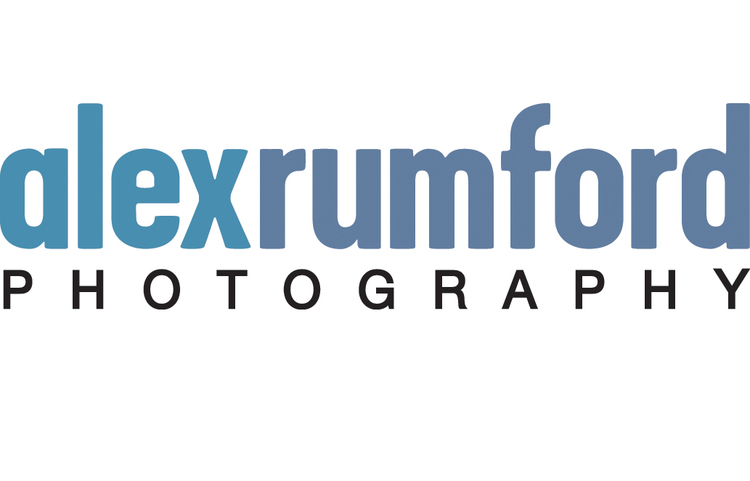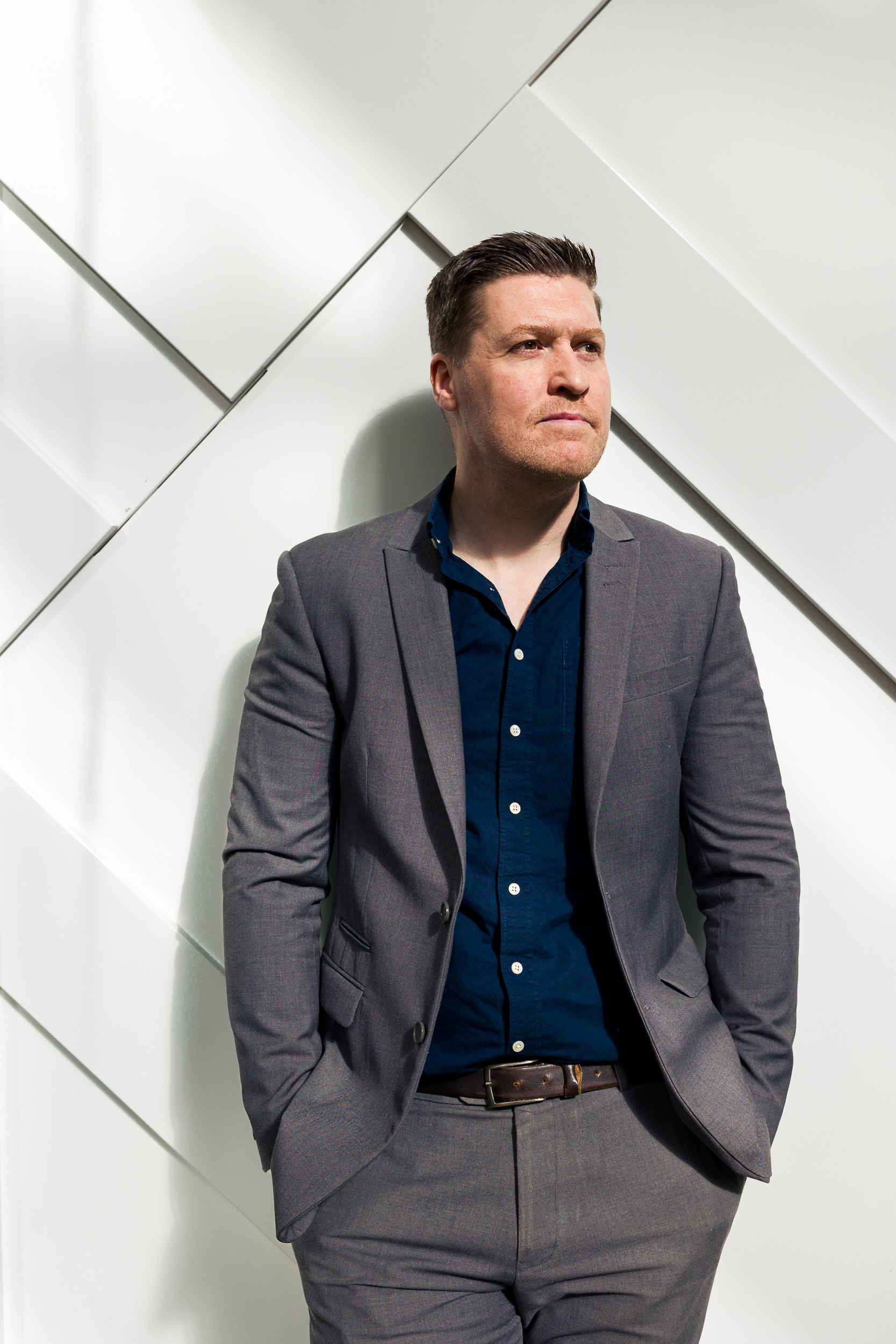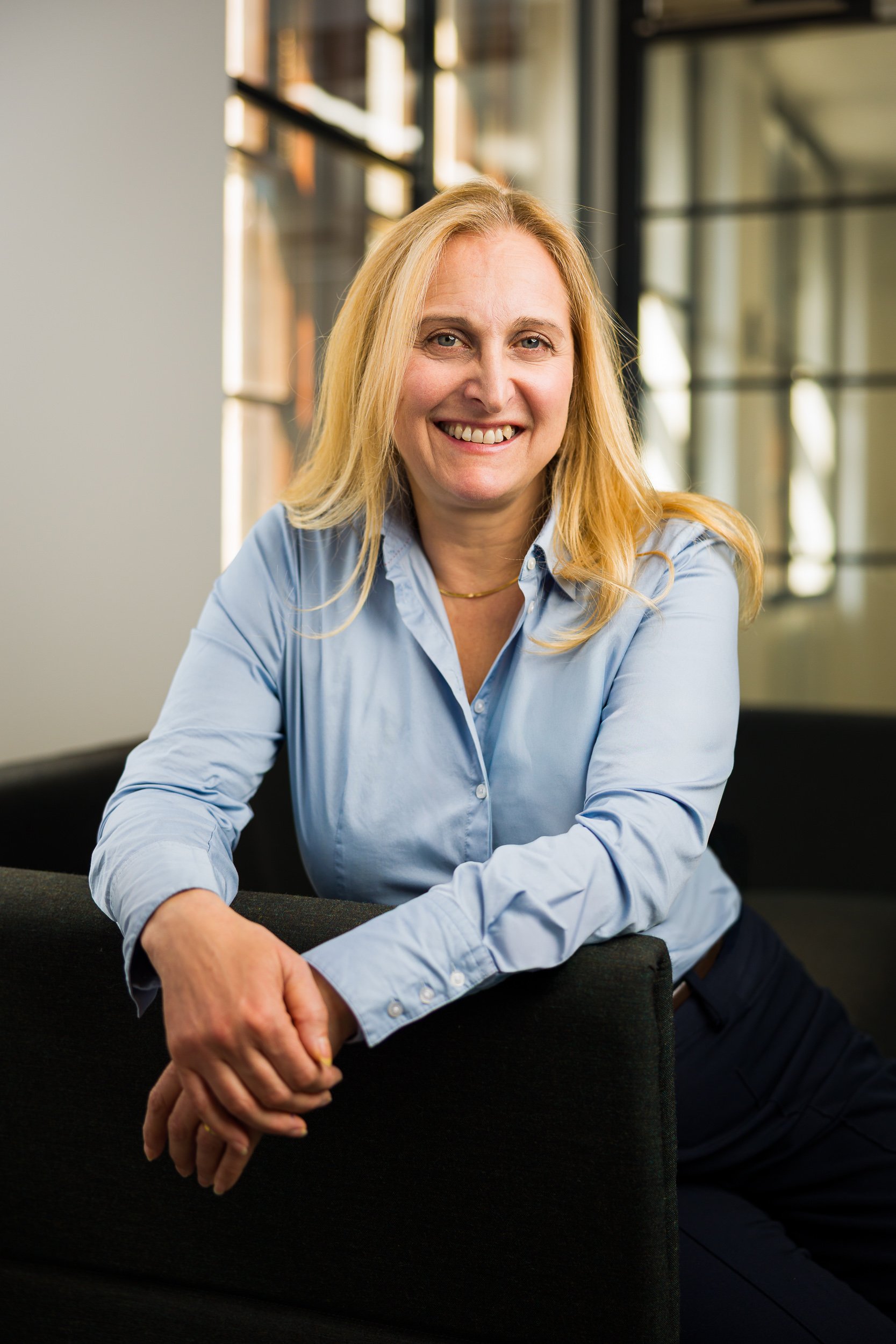I’ve just finished reading On Looking: A Walker’s Guide to the Art of Observation by Alexandra Horowitz.
In it, she walks a regular city block with eleven different people, including a sociologist, a geologist, a blind person, her child, a sound designer, and even her dog. And she sees eleven completely different worlds.
It’s a beautifully written, witty and fascinating exploration into the fact that our skills and background shape what we notice, and can determine our experience.
There’s a subset of this which is something I think about a lot: we see different things depending on what we’re doing. So: not just who we are, but what we’re preoccupied with in the moment. It determines the focus of our attention, and we then miss most of what’s around us. Not because it’s subtle, but because there’s too much information, and it’s nearly all irrelevant*.
If you’re waiting for a bus, you filter for buses. Lost your keys? You scan the ground. In psychology we create what’s known as a “Search Image” - a mental representation or schema to guide a search for a specific target, particularly in a visual context**.
To do this, we need light. Which surrounds us, all the time. It literally makes up *everything* we see - and is the framework of photography. It gives us shape, form, texture and colour. Yet we barely notice these facets in our day to day. They serve only to help us make sense of our surroundings.
We do this because - consciously or not - we’re always doing, planning, or thinking something. So we overlay everything in front of our eyes with meaning, constantly simplifying and interpreting our environment according to what’s on our mind, or how it relates to our situation. We see clouds in the sky: that just tells us it might rain later. And there’s a shape in the near distance. If it’s taller than it is wide, then it might be a person. Do we know them? Do we need to move out of the way? Or we see much larger shape approaching, in the road. But then we see it’s green. We can now ignore it, because it can’t be the bus we're waiting for, which would be red. Getting home, a pile of clothes on the floor catches our eye. We immediately notice they’re white - but that serves only to confirm they can all go in the wash together. And our next thought is likely annoyance that they’re a mess, and have been dumped - so that’s a conversation we need to have later with our teenager.
We couldn’t get by in the world without doing this. We see in order to process, in order to plan. Intentions and actions drive one another. Nothing just “is”.
Perhaps Del the Funky Homosapien (of Gorillaz fame) summed it up best in Clint Eastwood:
“…you don't see with your eye
You perceive with your mind.”
This is where photography comes in. Walking with a camera? Well, now the world can be purely visual. Devoid of practical considerations. Just what you see.
That bus is now a rectangle. The street, a straight line. The coffee cup, a circle.
With a camera, we learn to see things as they are, not how we think they are.
But no, not quite. Again, even here, in the abstract, we’re still doing it. It’s only for the sake of simplicity that we conceive of buses as rectangles, streets as lines, cups (their rims, at least) as circles.
But this is just another shorthand. Because they’re not.
Buses are trapezoids, in our experience (except from directly beside one and from far back - which is never). And coffee cups are never circular, except from directly above, which - again - is not how we usually look at them. The rims (at least) are nearly always ellipses***. And streets are triangles - yes, really - just take a photo when you’re next at the front of the queue at traffic lights.
This difference is important. It’s hard to see things as they are, even with all else stripped away, because we’ve already internalised objects into loose categories for the sake of convenience (and therefore speed in mental processing). We simplify and group shapes, even though we’re often very wrong. We place assumptions onto lines - consider the many optical illusions you’ll see on any social feed. Or you don’t have my distracting algorithm, you’ll have seen the one with two arrows of equal length. And don’t even get me started on colours - remember the blue and gold dress?
Anyway, that’s what I think about (and would recommend the book because it covers this, and so much more).
There’s something meditative in allowing the visual scene in front of you to be just as it is, without judgment or interpretation. It’s a gentle, mental shift in what you let yourself notice. And it comes from a simple, deliberate change in intention and in one’s attention.
*You may be familiar with the Invisible Gorilla test as an extreme example. Subjects are asked to watch a short video of people throwing a ball and are instructed to count the number of times a ball is thrown. More often than not, they completely miss someone dressed in a gorilla suit appearing and walking centre stage, waving, and then leaving. You can see versions on YouTube. It’s called “perceptual blindness” and is an extreme example of the occasionally bizarre results of selective focus.
**A good example was just the other day, when I was looking for something thin, flexible and curled in order to unhook something. I knew there wasn’t an exact tool and I didn’t know what I was looking for - or rather what item would provide the solution - but I could easily scan for the properties needed. I was equally likely to find the appropriate tool in a cutlery drawer, a toybox, a toolbox, or in a desk drawer.
***And if you’re interested, with your eyes in front of it and above i.e. when you’re drinking coffee, the shape of the cup, if it’s a cylinder, would be an “oblique conical frustum” (which I think sounds more like a painful stomach condition).















































